Installation of bimetallic radiators: installation process,
The type of standard radiators installed in apartment buildings is not aesthetically pleasing. Therefore, many people prefer to replace them with modern appliances. In this case, the installation of bimetallic radiators with their own hands for autonomous and central heating systems is most appropriate. They are quite elegant, which allows these heaters to become an integral part of the interior.
Practicality and high heat transfer rates will constantly keep the house warm and cozy. The scheme of the heating system, which involves the installation of bimetal radiators, is quite simple, which allows you to install it yourself.
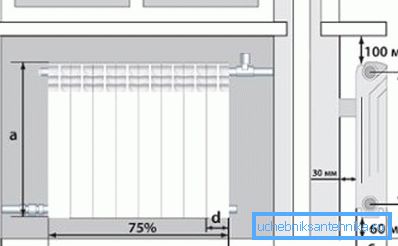

Rules for the installation of bimetal radiators
To make high-quality installation of heating devices, requires some knowledge. Otherwise, during the operation of the heating system, unforeseen situations may occur, as well as a decrease in the efficiency of heat transfer.
Therefore, before you install a bimetallic radiator, you should be familiar with the basic rules that require strict compliance:
- From the floor, the radiator must separate the free space equal to 60-70 mm. However, it should not be allowed to exceed 120 mm, as this can lead to inefficient heat transfer.
- The instruction requires that the distance from the sill to the top of the radiator should be between 50 mm and 60 mm.. This will not only facilitate the installation of the device, but also significantly improve convection.
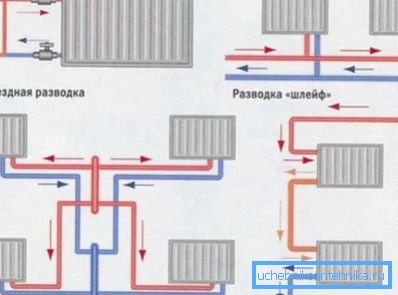
Tip: to create an effective thermal curtain, the device should be placed in the middle of the window opening.
- Install in a strictly horizontal position..
- In each of the rooms, maintain one level of arrangement of the heating system elements..
After installation is prohibited:
- to use metal-containing compositions for coating the device, since it disturbs the operation of the thermostat, reducing the heat transfer rate by 10%;
- use abrasives for cleaning the device - their use can cause a violation of the protective paintwork.
Installation process
In the presence of certain knowledge, installation can be made independently. The whole process takes place in several steps.
Consider below what you need to install a bimetallic radiator:
- Dismantle old equipment.
- After completion, prepare the work area by marking up the installation of brackets for fastening new heating devices.
- Fasten the support parts to the dowel screws or seal the place with a cement-sand mortar.
- Put the device on the brackets, for which skip the hooks between the sections.
- Install on the heating devices shut-off valves and jumpers and only then proceed to the installation of the pipeline.
Tip: in autonomous house heating systems, you can connect the pipeline to the radiator yourself, in apartment buildings it is better to entrust this to the service organization that will be responsible in the event of an accident.
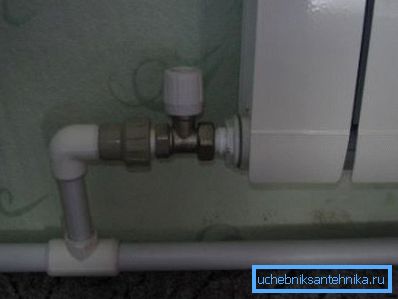
- Equip each heater with an air valve that allows you to remove excess air from the system, which during the operation will necessarily accumulate in the channels, which can lead to damage to the equipment.
Tip: in order to prevent the occurrence of water hammer, during the filling of the system with coolant it is necessary to ensure that the stabilizing valve is closed only 2/3.
- Perform a test run of the system and make sure the equipment is installed correctly and there are no leakages.
Tip: the most efficient heat transfer is possible only if the radiator is maintained in proper condition. Therefore, after completing all installation and test work, the device should be thoroughly cleaned of residues of dirt and dust.
Sample estimates for the installation of bimetallic radiators make your own before starting work. Then in the process you will not have to be distracted by trifles.
Recommendations for use
It is required to follow certain rules during the operation of radiators:
| Cleaning | Held twice a year:
|
| Drain | It is impossible to completely drain the coolant from the system longer. Than for 2 weeks. |
| Valves | It should be used carefully, its sharp opening is strictly forbidden. |
| Air outlet | You can not paint over the hole through which the air comes out. |
| Additional devices | Depending on the design of the heating system, additional installation of a special pump or closed expansion tank may be required. |
A clear product installation work in compliance with all necessary requirements, as well as successfully completed tests will guarantee uninterrupted and efficient operation of the entire heating system.
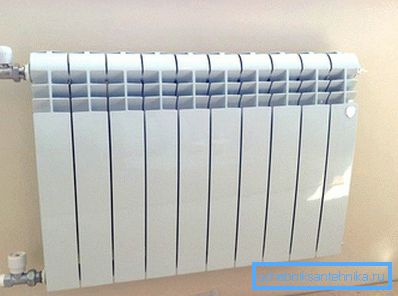
What to look for when choosing appliances
Increasing demand for bimetallic radiators led to the fact that the market was flooded with numerous fakes. In addition, the popularity of such devices has pushed some manufacturers to create poly-metal heating devices.
They differ from the present in that they only reinforce vertical channels with steel. Horizontal elements are not protected from contact with the coolant. Despite the fact that these devices have a higher degree of heat transfer and low cost, their operation in terms of connection to the central heating system is impossible.
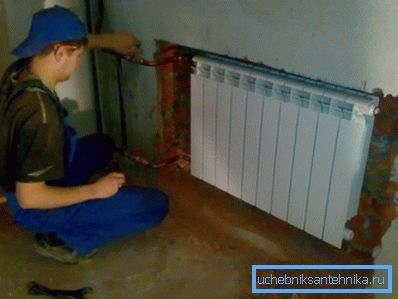
Tip: the choice of bimetallic radiators should be approached very carefully, having previously read the attached documentation and their technical parameters.
Conclusion
Independent installation of bimetallic radiators in an apartment is possible, but it is better to entrust the connection to the DH pipeline with a special service team. The installation process is simple and easily performed using simple tools. The video in this article will allow you to find additional information on the above topic.